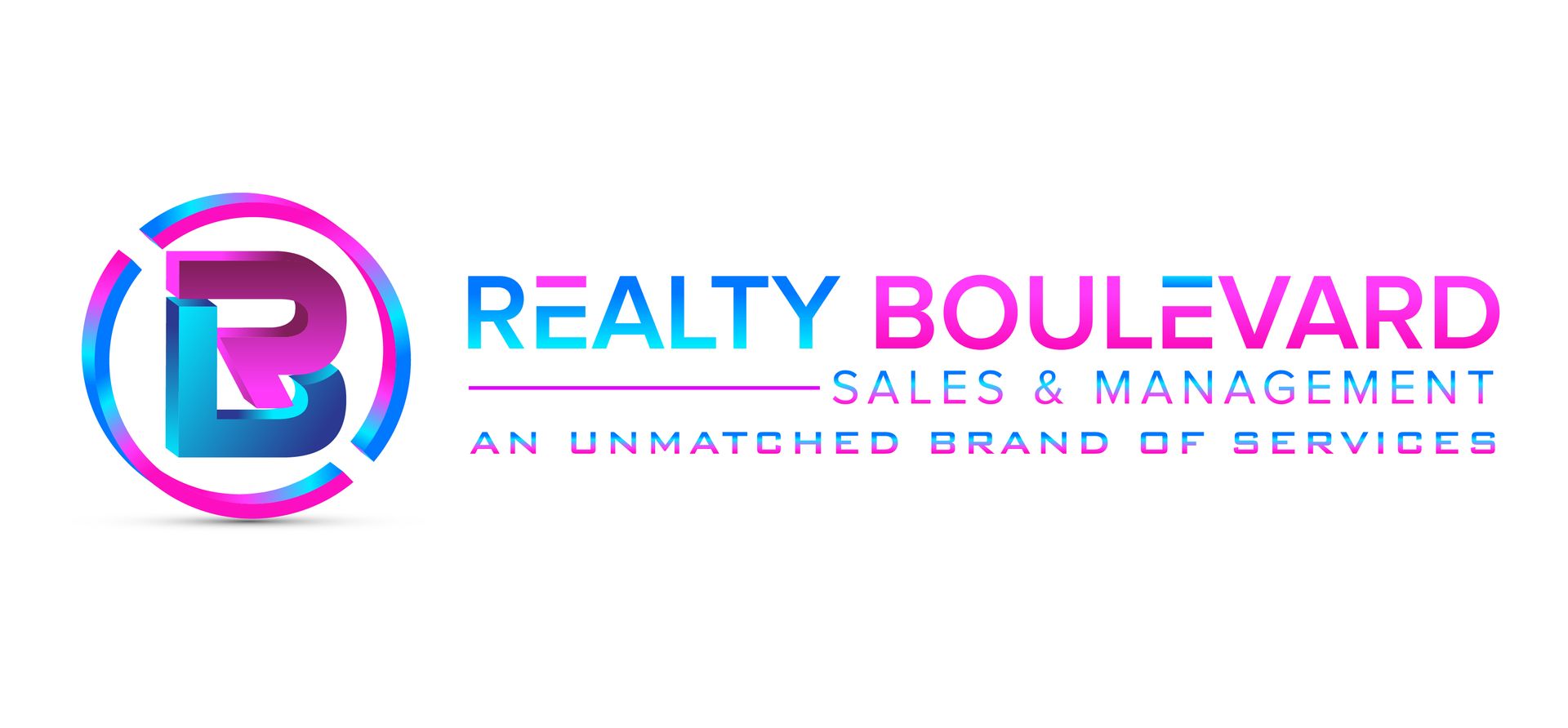14 Ways to Improve Your Credit Score

Credit is one of the most important factors in your financial life, so having a high credit score has its advantages. Although you can rent an apartment with a low credit score, working towards a higher score will help you in the long run. There are some key concepts you should know about credit to help you increase your score. Here are some tips to help you earn a higher score so you can be accepted to the apartment of your dreams.
WHAT IS A CREDIT SCORE?
A credit score is a three-digit number on a scale between 300 and 850, with 850 being the best score. Banks, credit card companies, and other entities that you conduct business with use credit scores to determine the likelihood a person will pay back a loan or pay a bill. When property managers or landlords screen tenants, they use credit scores to help them determine if someone will be a reliable tenant who pays rent on time. The higher your score, the more likely you are to qualify for loans, credit cards, and lower interest rates, along with several other advantages.
Typically, a minimum score of 600 or above is required for most apartment communities. However, if you have a lower score, don’t worry! What is considered a “good score” varies depending on where you apply for an apartment. Paying a larger security deposit, getting a cosigner, and providing references can help you secure an apartment if you have a low credit score or zero credit.
HOW ARE CREDIT SCORES CALCULATED?
There are three federal credit bureaus that calculate and report credit scores: Equifax, Experian, and TransUnion. Each bureau has its own algorithm used to compute scores, so you actually have three separate credit scores. Each company uses similar factors to calculate a score, but the degree of how much each factor affects your score varies. Here are some factors that are used to calculate a credit score:
- Payment history on loans, credit cards, and other bills
- Credit utilization ratio (how much debt you owe compared to your amount of available credit)
- Credit mix (types of credit accounts you have)
- Credit age (how long you have had accounts open)
- How often you apply for new credit
Since calculating credit scores is complex, it’s good to understand which financial habits will positively or negatively impact your credit. For example, paying bills on time and keeping a low credit card balance can help lead to a higher credit score.
TIPS TO IMPROVE YOUR CREDIT SCORE
Improving credit takes time. It can take months or years to get your desired score, but there are small steps you can take that will help you in the long run:
1. Check your credit scores online
Begin by checking your current credit score online. You can use a free credit score service or purchase scores from the three bureaus. Some banks also provide customers with credit scores, which are listed on bank statements or an online portal. When you receive your scores, you’ll also get information about which factors are impacting your score the most. Recognizing the factors will help you develop a plan and determine what changes need to be made.
2. Check credit reports and dispute errors
A credit report is a record of your credit history. The report details how and when you pay your bills, the amount of debt you owe, and how long you have been managing credit accounts. Since credit reports are used to compute credit scores, it’s important to review them for inaccuracies that will drag your credit score down.
Get credit reports from all three credit agencies so you know where you stand across the board. Verify that the information from each account is correct. If you find an error, dispute the issue with each agency to ensure the change is made everywhere. Requesting a credit report won’t negatively impact your score if you order directly from the credit bureaus. You can also use an authorized company that can provide credit reports to consumers like AnnualCreditReport.com, which is jointly operated by TransUnion, Equifax, and Experian. Federal law requires each of the credit bureaus to give a free credit report every 12 months if requested. From now until April 2021, you can order free weekly credit reports on AnnualCreditReport.com. Try to make a habit of monitoring your credit regularly so you can spot errors before they can drag your score down.
3. Pay bills on time
Past payment history is one of the biggest factors used when calculating credit scores and is seen as one of the best predictors of future financial behavior. Paying a bill late or settling a loan account for a lower amount than you initially agreed will negatively impact your credit. Late and missed payments can be viewed on your credit report for seven years. Even if you finish paying off a collection, the account will not be removed from your report for seven years. Paying just a few days late can do some damage to your score as well. All bills including rent, utilities, loans, and credit card bills should be paid on time, all the time for your credit score to increase. Landlords are interested in finding reliable tenants who will pay on time, so keep that in mind.
You can use calendar reminders or automatic payments to help make sure bills are paid on time every month. If possible, charge all your monthly bill payments to a credit card. This strategy simplifies paying bills and will help improve your score because you’ll be using a credit account that is managed appropriately. Remember to pay the balance in full each month to avoid interest charges.
If you don’t have the best payment history, don’t fret! Older late payments will have less effect on your score than more recent bills. If you’re behind on payments, work to bring those accounts current gradually over time. The sooner the debt is paid, the sooner your score can increase. In some circumstances, if you miss a payment by 30 days or more, you can contact the creditor and set up a payment arrangement and ask for the missed payment to not be reported to the credit bureau. If you are struggling, seek financial assistance from a credible source.
4. Pay off debt and keep credit balances low
This is where the credit utilization ratio comes into play. Credit utilization is the amount of overall used credit compared to the amount of available credit. Credit utilization is another large factor in credit score calculations. A lower ratio is an indicator that a person knows how to successfully manage credit and doesn’t max out credit cards. Essentially, you want to keep all of your credit balances low because a high outstanding balance can negatively impact your score.
It’s recommended to keep your balance at 30 percent or less of your total line of credit, especially if you find you can’t always pay your bill in full each month. If you want to help your utilization ratio and increase your credit score even more, work towards having 10 percent or less. To calculate the credit utilization ratio, total debt is divided by total available credit. Here’s an example using a single credit card:
You have a credit card with a $7000 credit limit and a $3,000 balance.
3000/7000 = .428, or 43%
With this credit card, your credit utilization ratio is too high. You would need to pay more than the balance to be on track, or have other credit cards that allow for your overall credit utilization ratio to be lower. Try to keep your balances low, try only using credit cards for smaller items that you know you will be able to pay off each month.
5. Work towards a good mix of credit
Credit mix is another common factor used to calculate a credit score. Managing different kinds of credit accounts shows you can manage different types of debt at the same time. If you don’t have a diverse credit portfolio, don’t go out and apply for more credit. Having a less diverse portfolio will not make your scores go down but obtaining more types of credit over time (along with paying each account on time) will help increase your score.
The goal is to strike a balance between revolving credit and installment credit. Installment credit includes a loan where you agree to borrow a set amount and you agree to pay a monthly payment until the debt is paid off. Mortgages, student loans, personal loans, and auto loans are examples of installment credit.
Unlike installment credit, revolving credit does not have a set end date or balance. Revolving credit requires a minimum payment every month. Customers can pay more than the minimum, but it’s not required. Credit cards like bank cards and retail cards are the most common types of revolving credit.
Whether you have a good credit mix or not, consider what debt you already have and create a plan that works best for you. If you only have credit cards, it might help to get a small loan, but if you just applied for something that required a hard inquiry, it might be best to wait it out.
6. Don’t close unused credit cards or accounts
Even if you don’t use a credit card or account anymore, keep it open. Credit history length is an important factor when calculating scores. Remember the older the credit age, the better the score. Closing an account could also increase your credit utilization ratio. If you close an account, the amount of available credit will lower, raising your utilization ratio, and increasing your credit score.
As long as you’re not paying too much in annual fees, keeping an old credit card open is a great strategy to build your score. Make sure to use the card every now and then, just so the company won’t close the account. If you have delinquent accounts or collection accounts, before you apply for new credit, work towards paying the past due amount, and then try to pay on time in the future. These negative accounts will not erase from your report, but it will help in the long run.
7. Apply for new credit only as needed
Although it is good to have a diverse credit portfolio, avoid opening too many accounts in a short amount of time just to have a better mix of credit. A quick buildup of credit accounts can look risky, especially for new credit users. When applying for a new line of credit, a hard inquiry is required. A hard inquiry, also called a “hard pull,” will be listed as a negative change in your credit report. Although it fades over time, too many hard inquiries could lower your score. Unnecessary credit could also tempt you to overspend and gain more debt, harming your score.
Hard inquiries can stay on your credit report for two years, so it’s important that you know your credit score before applying to apartments. Property managers and landlords use hard and soft inquiries, depending on their leasing process.
8. Consider getting a secured credit card
Managing a credit card properly is a great way to build up your credit. Someone with zero credit history is seen as a higher risk than a credit user who has managed their account responsibly. A secured card is just like a regular credit card, but the card is backed by a deposit that is paid upfront. The deposit amount is typically the same as your credit limit. You make payments monthly like with a regular card, but if you fail to pay the bill, the credit company could keep your deposit. Try to find a secured card that reports to all three bureaus so you can ensure your score goes up everywhere. Whether shopping for a secured card or a traditional credit card, be sure to pay attention to the interest rates and any fine print.
Keep in mind that although a new credit card can increase your credit mix and lower your utilization rate, the application will also result in a hard inquiry on your credit report. Beware that your score might look like it decreased, but over time it will move back up.
9. Become an authorized user
Becoming an authorized user is a great strategy for people who have zero or little credit history. Having someone with great credit add you as an authorized user will add to your credit file, lengthen your credit history, and lower your utilization ratio. If you’re too timid to ask a relative or close friend to add you as an authorized user, note that the account holder doesn’t have to let you use the line of credit regularly or give you access to the account.
10. Ask for a credit increase
If you love to shop, don’t use this method! Raising your credit limit on one or more of your credit cards will lower your utilization score, as long as your balances don’t increase as well. The higher the limit, the lower the ratio. If you have missed payments, asking for a credit increase isn’t recommended. The credit card company could see it as a sign of a financial crisis, which will hurt your score.
11. Find out the reporting date
You can pay off your balance each month, but if the payment is received after the credit card company reports to the bureaus, your balance could appear as high, which will harm your utilization ratio and negatively impact your score. Ask the company the deadline for reporting and pay the bill before the closing date, so your balance can appear low and ultimately boost your score.
12. Use a credit monitoring service
There are several credit monitoring services you can use to keep an eye on your credit. A credit monitoring service will alert you to any changes in your credit report and provide a monthly credit score from at least one federal credit agency. Some banks provide all customers with credit monitoring, but there are also services that are free or charge a small fee. Credit monitoring can also help prevent identity theft and fraud. If you see an unfamiliar new credit account opening, you can report the fraud.
13. Avoid making large purchases
This tip might seem like a no-brainer but buying expensive items with a credit card is a mistake many people make. If you make a purchase with your credit card that you won’t be able to pay back at the end of the month, the interest will pile up quickly, placing you further in debt. Remember one of the main methods to improve credit is paying the bill on time (or before the reporting period). If you plan to carry a balance each month, avoid using your credit card. If an emergency arises and you must use your card, split the bill and make two payments that month, if possible.
14. Seek financial advice if you’re having trouble improving your credit
If you’re struggling with improving your credit score, there is help available. Seeking assistance will not negatively impact your score. Start by contacting your credit card company. Some credit card companies have credit card hardship programs and will lower the interest rate or waive fees for customers.
Consider reaching out to a credit counselor. There are multiple credible credit counseling services out there. Some are non-profits and are free to use, but there are also services that charge a small fee. A credit counselor can help develop a Debt Management Plan (DMP) and negotiate to reduce monthly payments. You can learn more about finding a credible credit counselor from the National Foundation for Credit Counseling.
WHEN WILL MY CREDIT SCORE IMPROVE?
Since credit is complex and various risk factors impact credit reports and scores, you can’t accurately assume the exact time your score will increase. The time required to build your credit depends on the negative information listed on your credit report including hard inquiries, late payments, collections, and bankruptcy. Hard inquiries will stay on your report for two years while other items like delinquency will be listed for seven years. Bankruptcy will remain for 10 years. Essentially there is no shortcut for improving credit. Beware of anyone who claims they can improve your credit in a very short amount of time!
Improving credit might seem overwhelming, but it doesn’t have to be. If you need help, don’t hesitate to set up an appointment with a credit counselor. Continue learning about the risk factors and identify which ones are negatively impacting your score so you can take appropriate action. Have patience and practice good credit management and your credit scores will improve over time.
Share this post




